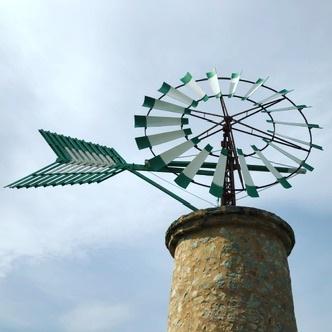What measures are taken to protect the breeding sites of the Balearic shearwater?
Similar Topics
balearic shearwater
breeding site protection
habitat conservation
special protection areas
predator control
artificial nesting boxes
population monitoring
public awareness
The breeding sites of the Balearic shearwater are protected through a combination of legal designations, habitat conservation efforts, and ongoing monitoring programs. These seabirds typically nest in remote coastal cliffs and small islets around the Balearic Islands, where human disturbance is minimized to prevent disruption during their critical breeding season. Many of these breeding locations have been designated as Special Protection Areas (SPAs) under the European Union’s Birds Directive, which provides a framework for habitat protection and management. This legal status helps ensure that any development or activity near the colonies is carefully regulated and subject to environmental assessments.
In addition to legal safeguards, conservation organizations actively engage in habitat restoration and predator control to safeguard the nesting sites. Introduced predators such as rats and cats pose a significant threat to eggs and chicks, so efforts are made to control or eradicate these invasive species on key breeding islets. Furthermore, artificial nesting boxes have been installed in some areas to provide safe and suitable breeding spots, increasing reproductive success. Regular monitoring by researchers helps track population trends and the effectiveness of protection measures, allowing for adaptive management where necessary.
Public awareness and community involvement also play a vital role in protecting the Balearic shearwater’s breeding sites. Local authorities and environmental groups often work together to educate the public and promote responsible tourism, ensuring that visitors respect sensitive areas and do not inadvertently disturb the birds. By combining legal protection, active management, and stakeholder engagement, these measures help secure the future of the Balearic shearwater, a species that is critically endangered and requires careful stewardship to recover.
In addition to legal safeguards, conservation organizations actively engage in habitat restoration and predator control to safeguard the nesting sites. Introduced predators such as rats and cats pose a significant threat to eggs and chicks, so efforts are made to control or eradicate these invasive species on key breeding islets. Furthermore, artificial nesting boxes have been installed in some areas to provide safe and suitable breeding spots, increasing reproductive success. Regular monitoring by researchers helps track population trends and the effectiveness of protection measures, allowing for adaptive management where necessary.
Public awareness and community involvement also play a vital role in protecting the Balearic shearwater’s breeding sites. Local authorities and environmental groups often work together to educate the public and promote responsible tourism, ensuring that visitors respect sensitive areas and do not inadvertently disturb the birds. By combining legal protection, active management, and stakeholder engagement, these measures help secure the future of the Balearic shearwater, a species that is critically endangered and requires careful stewardship to recover.
